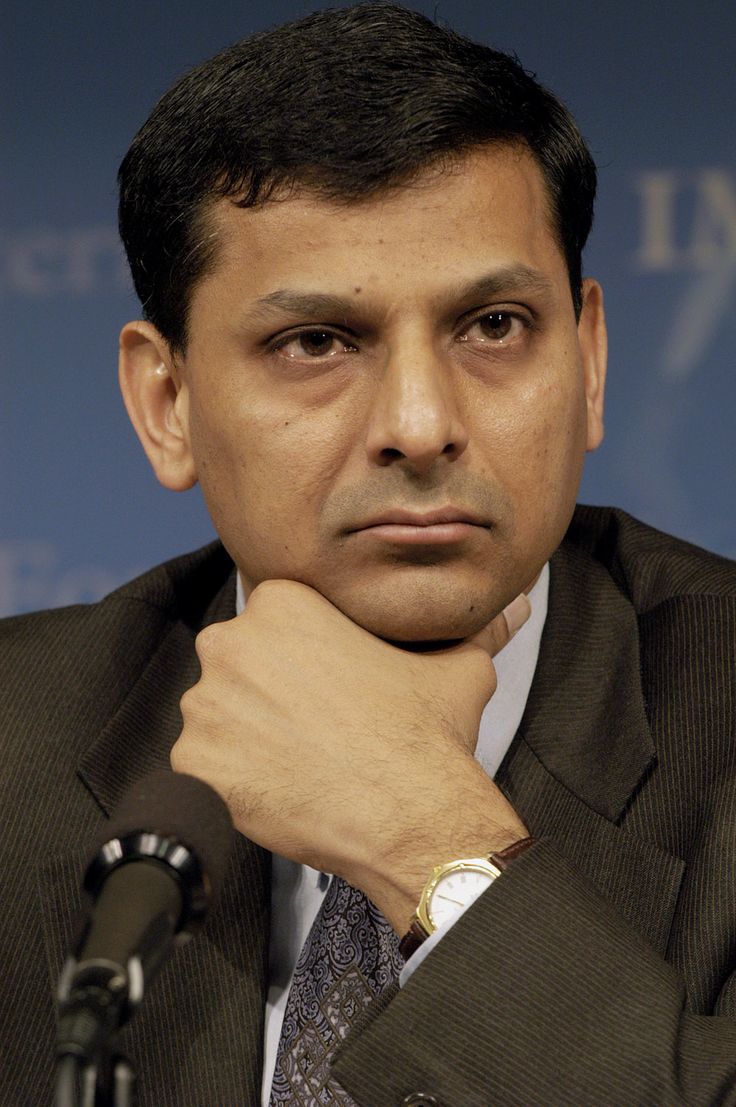Raghuram Rajan: 8 Key Contributions That Revolutionized India’s Economic Landscape
Raghuram Rajan is one of the most influential figures in Indian economics, known for his groundbreaking work as an economist, former Governor of the Reserve Bank of India (RBI), and his global contributions to finance. His leadership at the helm of the RBI during a challenging period helped steer India through an economic maze while earning him both admiration and some criticism. Rajan’s expertise, policies, and decision-making have had a long-lasting impact on India’s economic landscape, making him a pivotal figure in shaping modern India’s financial systems.
Early Life and Education
Raghuram Rajan was born on February 3, 1963, in Bhopal, Madhya Pradesh, into a well-educated family. His father, a civil servant, and his mother, a homemaker, ensured that Raghuram had access to quality education. He went on to earn a degree in electrical engineering from the prestigious Indian Institute of Technology (IIT) Delhi, followed by an MBA from the Indian Institute of Management (IIM) Ahmedabad, one of the best business schools in India.
Not stopping at an MBA, Rajan pursued his doctoral studies at the Massachusetts Institute of Technology (MIT), where he earned a PhD in management. His academic journey set the stage for his future career as an economist, with a focus on finance, economic policy, and global financial markets.
Key Contributions and Career Milestones
- Chief Economist at the International Monetary Fund (IMF): Before becoming the Governor of the Reserve Bank of India, Raghuram Rajan served as the Chief Economist and Director of Research at the IMF. During his time at the IMF, Rajan gained a reputation for his research on financial markets and emerging economies. His paper, “Has Financial Development Made the World Riskier?” (2005), gained worldwide attention for predicting the global financial crisis that occurred in 2008.
- Governor of the Reserve Bank of India (RBI): Rajan’s appointment as the 23rd Governor of the RBI in 2013 came during a time when India faced an economic slowdown, inflationary pressure, and currency depreciation. His tenure lasted from September 2013 to September 2016, during which he implemented a number of reforms that helped stabilize the economy.
- Introduction of the Inflation Targeting Framework: One of Rajan’s most notable contributions during his time at the RBI was the introduction of the inflation targeting framework. Under his leadership, the RBI set a clear target for inflation, which helped improve transparency and accountability in monetary policy. His approach contributed to bringing down India’s inflation rate and making the economy more stable.
- Managing the Indian Rupee Crisis: During Rajan’s tenure, India faced a period of significant currency depreciation, and the Indian rupee hit record lows. Rajan’s proactive measures, including raising interest rates to protect the rupee and curbing inflation, helped stabilize the currency and prevent further economic turmoil.
- Prudent Banking Reforms: Rajan was instrumental in making significant reforms to India’s banking system. He introduced measures aimed at cleaning up bad loans (non-performing assets) in the banking sector. His push for greater transparency in the banking industry was essential in improving investor confidence in Indian financial institutions.
- Promotion of Digital Payments and Financial Inclusion: Under Rajan’s leadership, the RBI took steps to promote financial inclusion in India. Rajan strongly supported the development of digital payment systems and the use of technology to increase financial access for India’s underbanked population. His vision paved the way for innovations like mobile banking and the push for a more inclusive financial ecosystem.
- The ‘Rajan Effect’: Rajan’s ability to strike a balance between being a tough central banker and a public communicator earned him respect both in India and internationally. His calm demeanor, pragmatism, and ability to make tough decisions even in the face of political pressures gave rise to what is known as the “Rajan Effect,” a term used to describe the market confidence and credibility he brought to India’s economic policies.
- Advisor and Author: Beyond his RBI tenure, Rajan’s role as an economist extends to being a global advisor. He has been a member of several influential international organizations and committees, contributing to discussions on global economic stability. Additionally, Rajan is a prolific author, with books like “I Do What I Do” and “Fault Lines: How Hidden Fractures Still Threaten the World Economy” highlighting his insights on the global economy and finance.
Daily Life and Personal Impact
Raghuram Rajan’s daily life has always been focused on learning, research, and staying informed about global and domestic economic issues. He has always maintained a low-profile personal life, with little interest in indulging in media attention. He is known for being a deeply disciplined individual who dedicated significant time to understanding the complexities of the global economy, often working late into the night.
Rajan is also a family man, married to Radhika, with whom he has a daughter. His humility and commitment to public service have made him a respected figure, not only in India but across the world.
Key Facts About Raghuram Rajan
- Global Recognition: Rajan’s predictions regarding the 2008 financial crisis made him internationally famous for his foresight and analysis.
- Educational Background: Raghuram Rajan holds a PhD in Management from MIT, one of the most respected institutions in the world, which laid the foundation for his career as a leading economist.
- Governorship at the RBI: He served as the Governor of the Reserve Bank of India from 2013 to 2016, during which he introduced several critical reforms.
- Recipient of Numerous Awards: Rajan has received several prestigious awards, including the Best Central Bank Governor Award in 2015 by The Banker magazine.
- Author and Speaker: His books and speeches, particularly on financial inclusion and global economic stability, have garnered widespread acclaim.
FAQs
Q: What is Raghuram Rajan known for?
A: Raghuram Rajan is known for his groundbreaking work as the Chief Economist at the IMF, his tenure as the Governor of the Reserve Bank of India, and his significant contributions to monetary policy, inflation control, and banking reforms.
Q: What reforms did Raghuram Rajan introduce at the RBI?
A: Rajan introduced the inflation targeting framework, improved transparency in banking, and implemented measures to clean up bad loans in the banking sector. He also worked on promoting financial inclusion and digital payment systems.
Q: How did Rajan help stabilize the Indian economy during his tenure at the RBI?
A: During his tenure, Rajan took decisive actions to address inflation, stabilize the rupee, and curb bad loans, which helped restore investor confidence and brought greater stability to India’s economy.
Q: What impact did Raghuram Rajan have on the global economy?
A: Raghuram Rajan is recognized internationally for his work on financial systems and his predictions of global economic crises. His influence extends beyond India to global economic discussions.
Q: What is Raghuram Rajan’s legacy?
A: Rajan’s legacy is one of prudent economic management, reforms that strengthened India’s banking system, and his contributions to global discussions on financial stability. He is seen as a visionary who balanced economic policies with public welfare.
Significance and Observance
Raghuram Rajan’s contributions to India’s economy are profound, and his tenure at the RBI will be remembered as a critical period of reform, stabilization, and foresight. His leadership during economic turbulence demonstrated his ability to make tough decisions that ultimately benefited both India and the global community.
His work has set the stage for future economic leaders, and his vision for a more inclusive, transparent, and stable financial system continues to resonate in policy-making circles. Raghuram Rajan’s legacy as a financial architect is cemented, with his influence extending far beyond his tenure at the RBI into the broader economic landscape.










